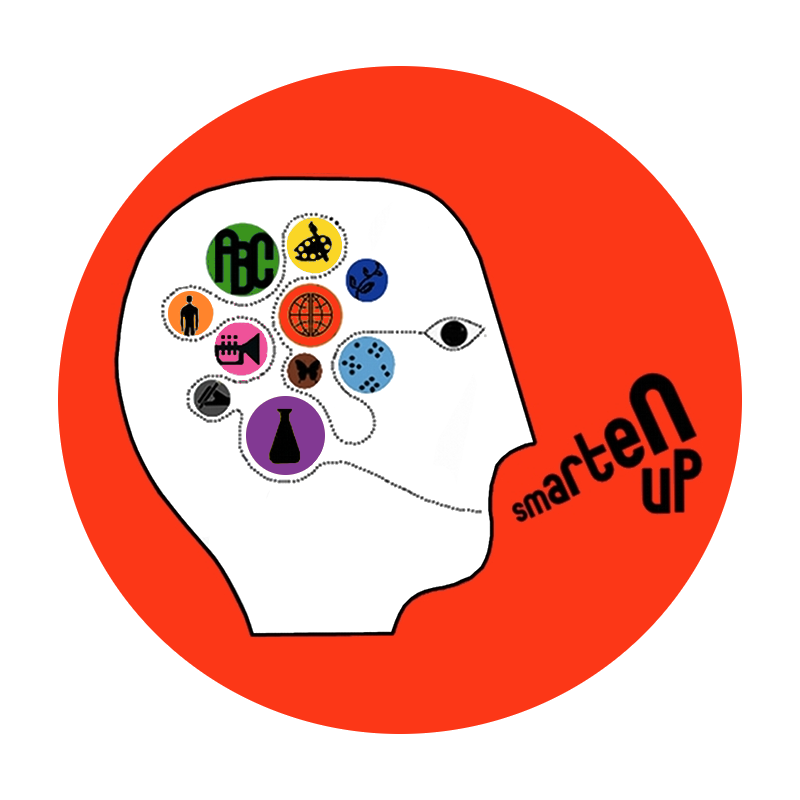In a world of supposed ‘digital natives,’ we’ve forgotten that certain computer literacy skills still need to be taught. Although it’s true that kids growing up in a world of omnipresent gadgetry have a natural ease with certain aspects of the digital world that might escape their parents, this does not translate into automatic mastery of the essentials, such as organizing materials, evaluating the reliability of sources, safeguarding privacy, and even typing. Guiding students toward best practices in these areas is a vital part of teaching them to succeed both in and out of the classroom.
For a certain generation of students--those raised on instant messaging in a world of desktop computers--typing practice was a natural part of growing up, and a bit of guidance toward proper technique made all the difference. Nowadays, since most students learn to type in their free time on phones and iPads, touch-typing on a more traditional keyboard is a much neglected skill. As students enter middle and high school, a growing proportion of their work is typed, rather than handwritten -- but for many, this is a laborious process, one that hampers the transmission of thought from mind to page. A few daily minutes of practice with free online resources, including the appropriately named www.typing.com, can quickly improve a student’s approach, saving hours of time in the long run.
Anyone who uses a computer regularly -- which is to say, nearly everyone -- knows the importance of keeping an organized desktop, file system, and inbox. Computers serve as a portal to increasingly vast realms of information, and an important repository for personal data. Without some level of structure, this mix can quickly become chaotic. Parents and teachers can help by explicitly guiding students through the process of building nested folders by school year and subject, on the desktop and in cloud-based systems such as Google Drive. A long term research project might deserve a folder of its own, where source material, drafts, and notes can be stored together.
Digital time management tools can also be of help to many students; iCal and Google Keep provide electronic alternatives to supplement traditional paper planners and to-do lists, with programmable reminders, color-coding, and the ability to share appointments and tasks. Many schools now have their own version of an online portal for students and parents, where teachers post assignments, grades, and course materials. This should be a resource for students that is checked daily and then processed and recorded in their own planners.
Finally, students benefit from a clear explanation of the guidelines for evaluating the reliability of different sources online, and for keeping their own information safe from potential hackers or other unwanted eyes. In an online world without clear editorial standards, students need to understand how biases function and be guided toward reputable sources, learning to be wary of taking what they read at face value. Parents should also have a plan for discussing how to choose and manage passwords around the internet, what information to share and what to keep private, and how to deal with the dangers of operating in the public forum of the internet, while feeling like you’re in private.
